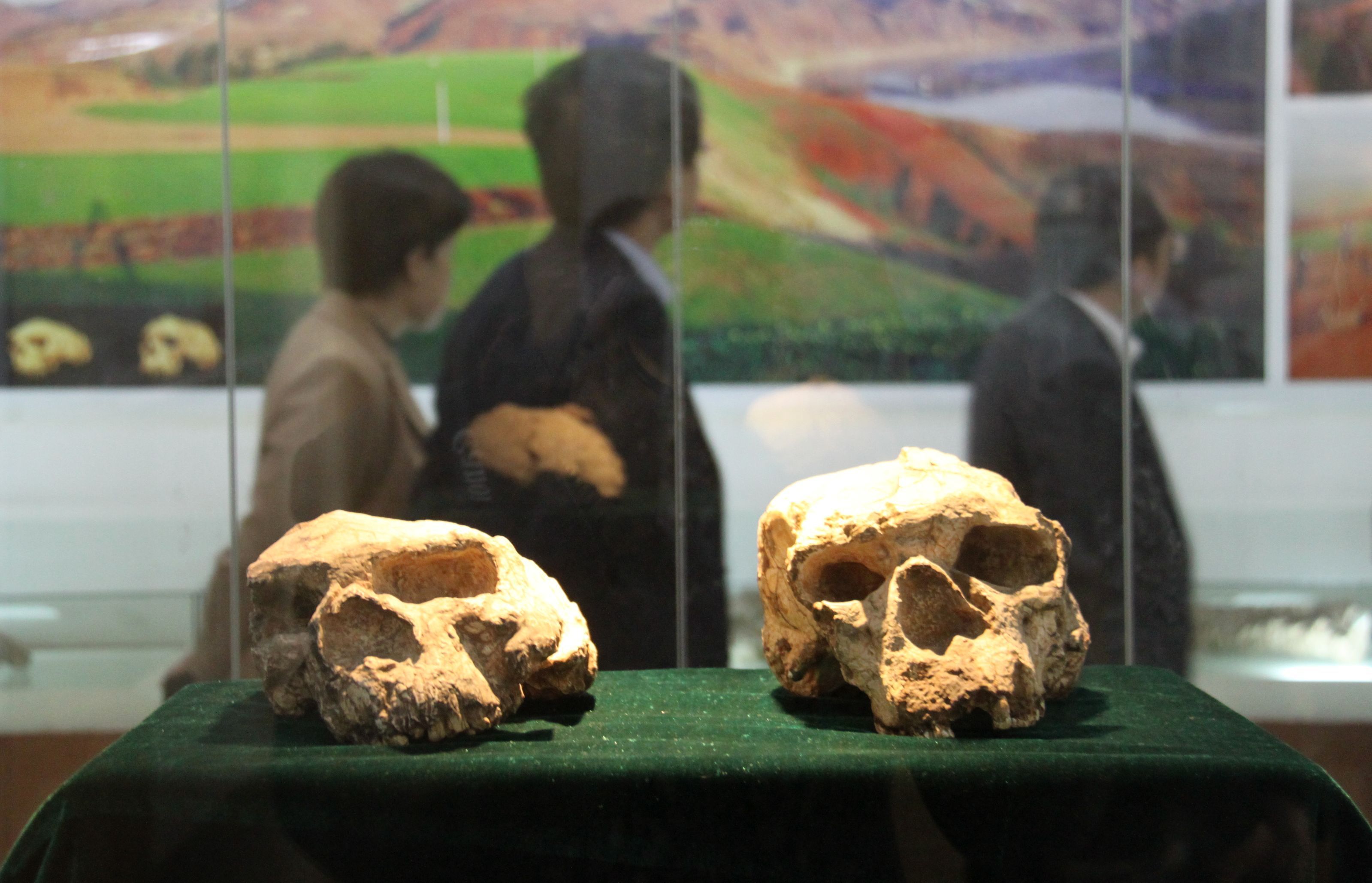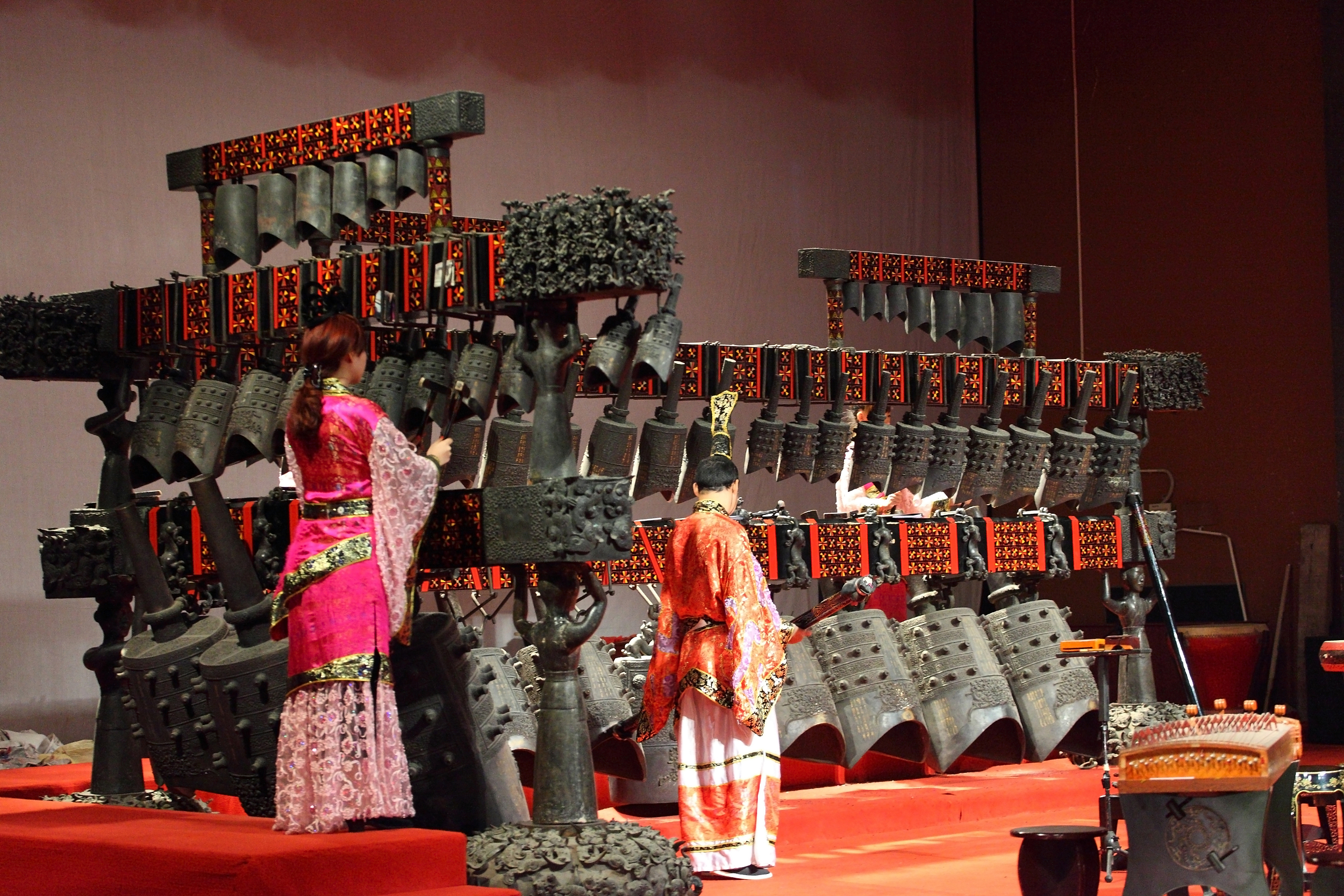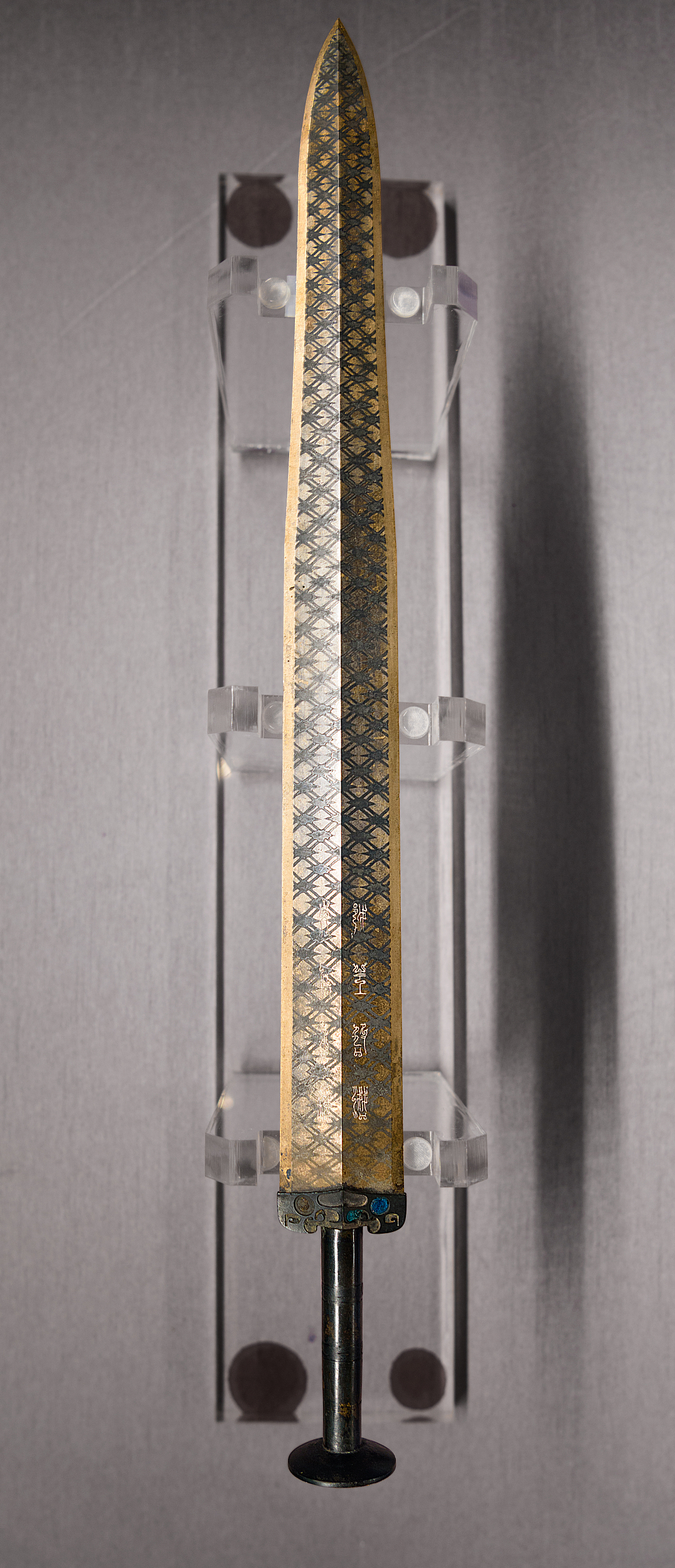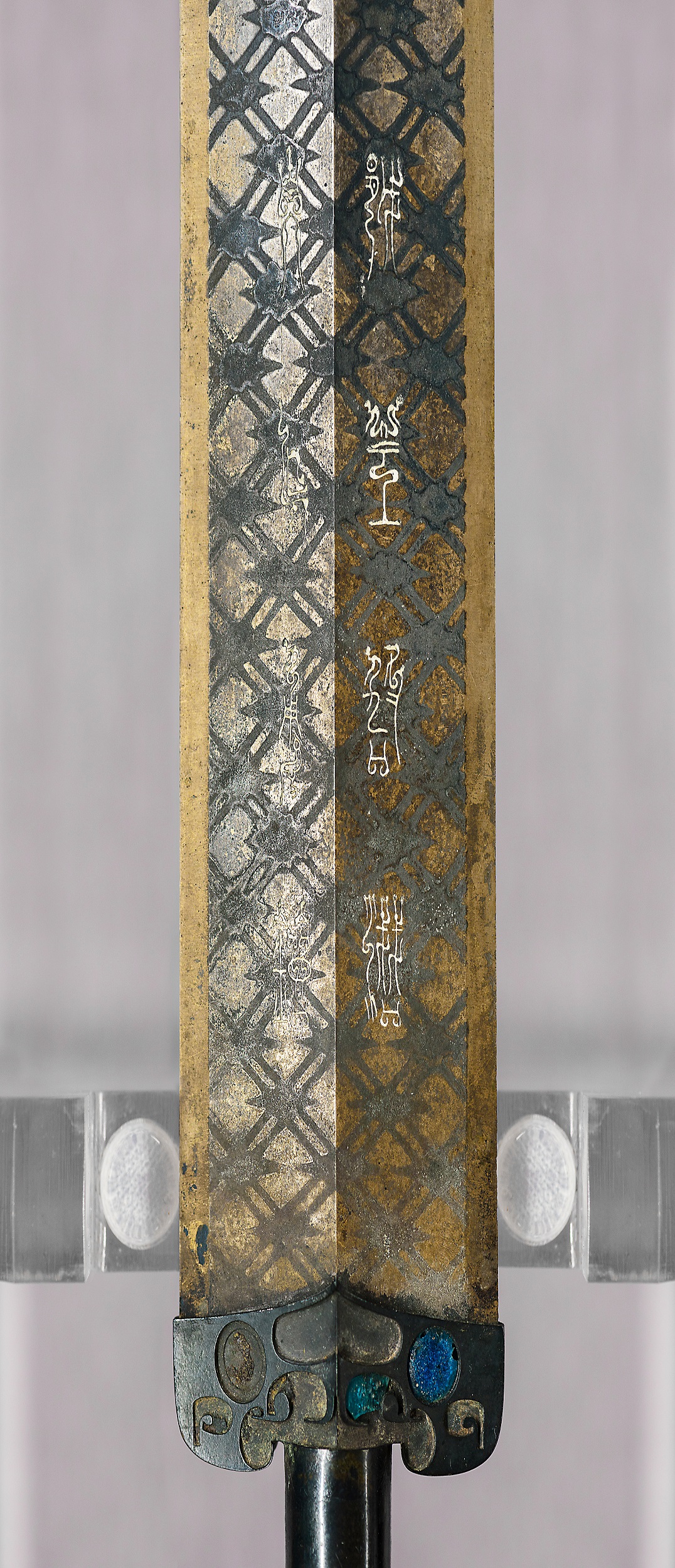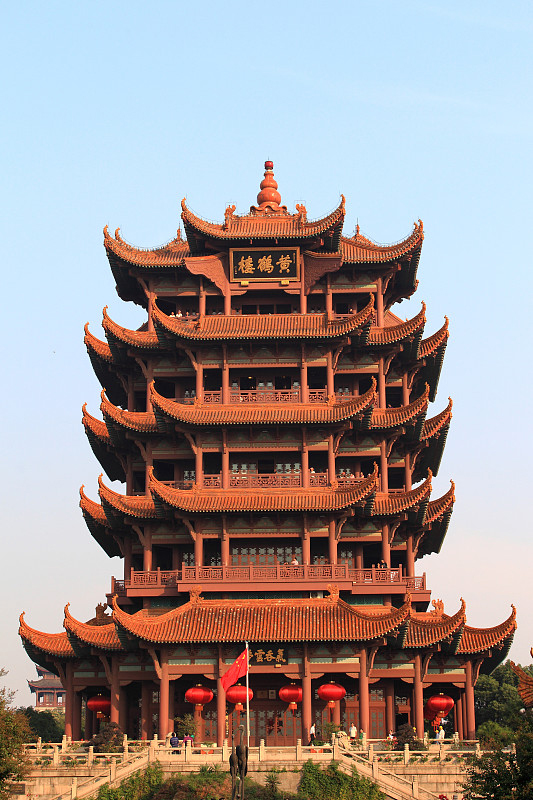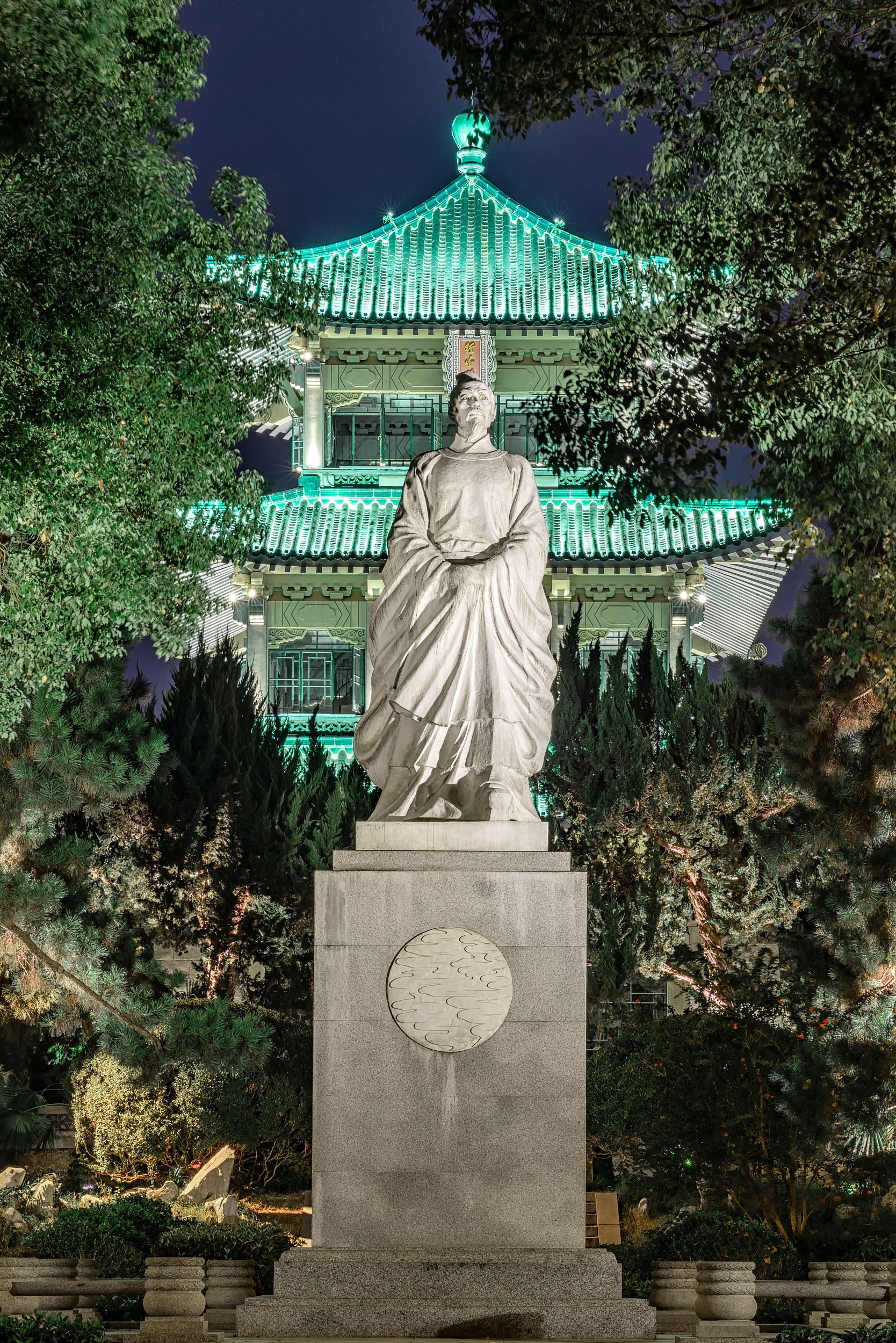Qu Yuan (340BC-278BC), a Chinese poet and statesman of the state of Chu who lived during the Warring States Period (475BC-221BC), is known for his patriotism and contributions to classical poetry and verses. He is considered by Chinese critics as the founder of romantic literature and was listed as one of the world's four literary celebrities in 1953 by the World Peace Council.
As mentioned above, the state of Chu was located in what is today's Hubei Province and at the time had its own distinct regional culture. Qu is one of the most representative figures of this Chu culture, both for his literary style and his way of handling things.
A court official, Qu was framed by his political opponents which led to the destruction of his relationship with the king of Chu. After losing his monarch's trust, Qu was sent into exile.
During his days in exile, Qu wrote many moving poems that would go on to become famous. In them, his love for his state and its people can be felt throughout, including Li Sao (The Lament), Tian Wen (Asking Questions of Heaven) and Jiu Ge (Nine Songs). Li Sao is considered Qu's most representative work and is the longest ode in the romanticism style concerning politics in the history of ancient Chinese literature.
In 278 BC, after learning that the Chu state had been defeated by the state of Qin, Qu, in great despair and distress, ended his life by drowning himself in the Miluo River in what is now Central China's Hunan Province.
To commemorate this talented and patriotic poet, the Dragon Boat Festival is held every year on the fifth day of the fifth month of the Chinese calendar. During this time Chinese eat zongzi made of sticky rice and hold dragon boat races to celebrate the festival.

